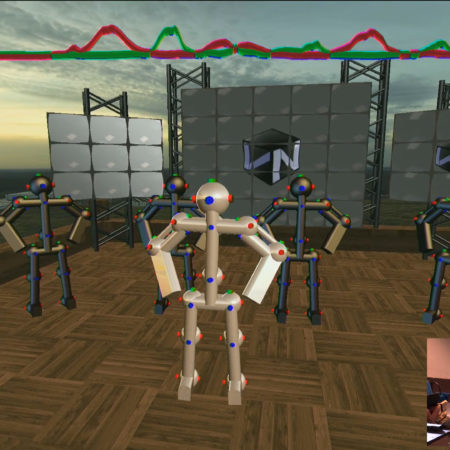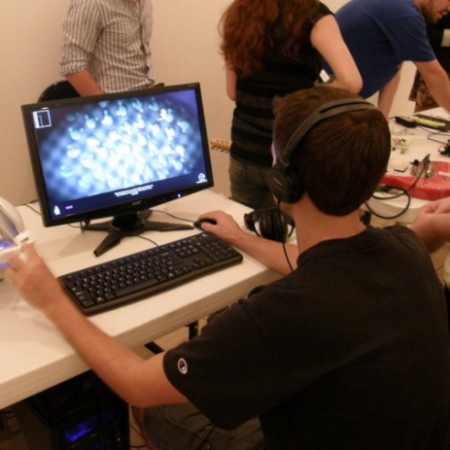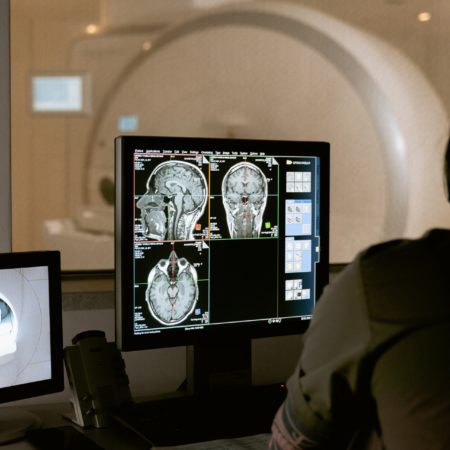Enhancing Global Collaboration Through Network-empowered Live Performance
In Proceedings of the Conference on Electronic Visualization and the Arts, July 7-9, 2015, pp. 32-39. https://doi.org/10.14236/ewic/eva2015.3
Description
Research and development of real-time arts performance systems has been underway at the University of Florida Digital Worlds Institute since 2001. Significant attributes of this research include the successful facilitation of synchronous global-scale performing arts events, the evolution of process and practice for arts and engineering collaborations between multi-point performance sites across the high-speed network, and the development and utilization of a unique toolkit of techniques and technologies. Examples of our global-scale networked performances include: the synchronous musical union of ethnic performers located in seven cities across five continents for ‘In Common: Time’ at SIGGRAPH 2005; a quartet of modern dancers located in four remote cities across Asia and North American motion-captured and mapped into a single shared Cartesian coordinate space performing on virtual percussion instruments with 3D audio in ‘Same Space Same Time’ (2010); the integration of multiple remote audiences providing character choices and feedback on their mobile devices (aggregated, visualized and given to the performers in real-time) during a multi-continental performance featuring network-attached Kinect devices driving synchronous representations of the distributed performers in a gaming engine for ‘Icons of Innovation’ at IDMAA 2012. In addition to developing the methodologies necessary to integrate various traditional and emergent technologies into these multi-faceted real-time performance systems, a number of novel techniques and collaborative relationships have resulted from this work. Using several of our distributed performances as exemplars, we will outline and then detail the esthetic, procedural, technological, and logistic considerations inherent in working with artists, engineers, and media producers across multiple time zones, cultures, and sub-nets. We have learned a considerable number of lessons that can optimize the strategic planning and implementation of distributed performing arts events, and will offer not only background and recommendations for those interested in working in this space, but also examples of the specific tools, techniques and technologies we have developed and integrated into the design and production of this work.
Additional information
| Author | Oliverio, James, Barmpoutis, Angelos, Juehring, Chad, Yudin, Anton |
|---|---|
| Journal | In Proceedings of the Conference on Electronic Visualization and the Arts |
| Month | July 7-9 |
| Year | 2015 |
| Pages | 32-39 |
| DOI |
Citation
Citation
BibTex
@article{digitalWorlds:166,
doi = {https://doi.org/10.14236/ewic/eva2015.3},
author = {Oliverio, James and Barmpoutis, Angelos and Juehring, Chad and Yudin, Anton},
title = {Enhancing Global Collaboration Through Network-empowered Live Performance},
journal = {In Proceedings of the Conference on Electronic Visualization and the Arts},
month = {July 7-9},
year = {2015},
pages = {32-39}
} 



